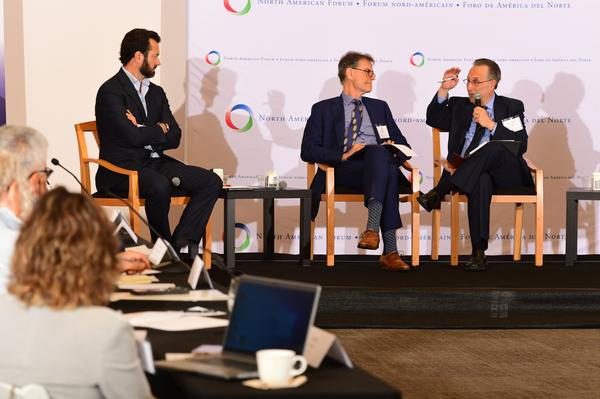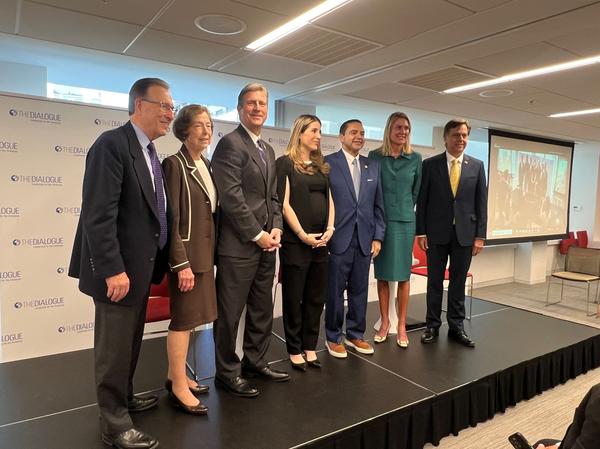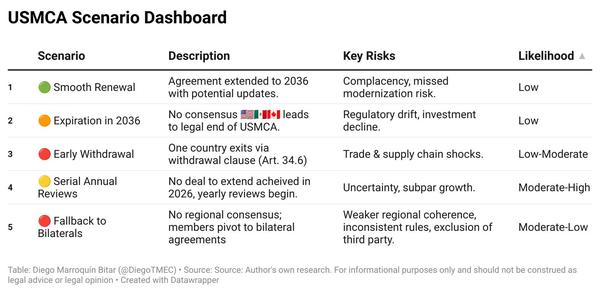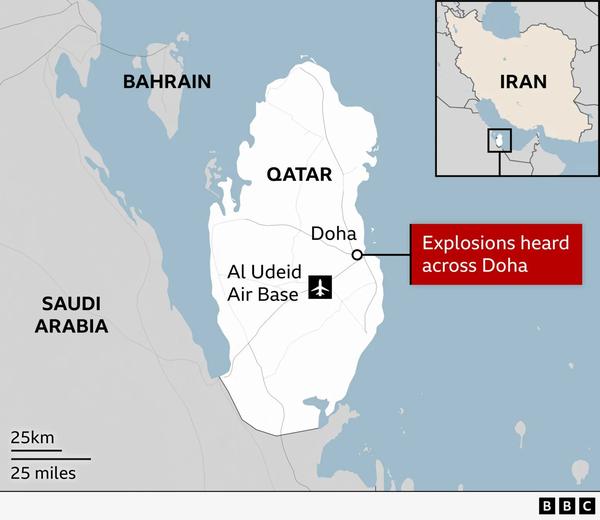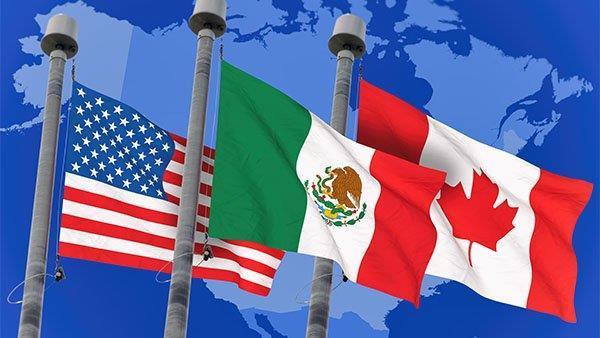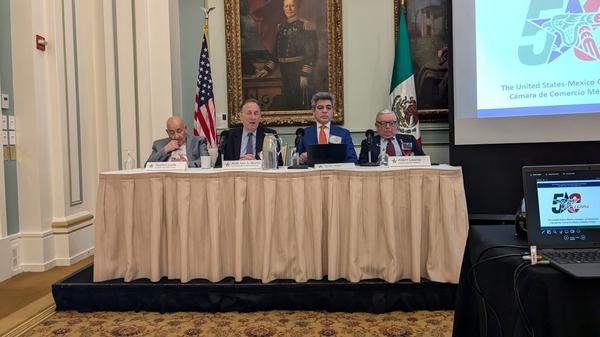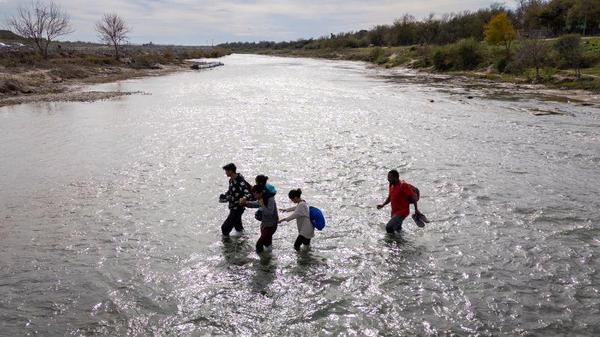March 4 2025
Message to former Presidents Clinton, Bush, and Obama
Presidents Clinton, Bush, and Obama,
This is an appeal to each of you individually or ideally, collectively, to speak to the American people about the values you each represented during your administrations.
These are the bedrock foundations upon which our Republic has thrived. These values – respect for the Constitution and the three equal branches of government it created; respect for the rule of law; and respect for each other – are being violated daily by the new administration.
At this perilous time, you are uniquely suited to use your voices to sound the alarm that our democracy is being undermined by actions that are not consistent with our principles. Our privacy is being violated by those accessing government data bases without proper clearances and without a clear mandate consistent with government regulations. Our national security is being undermined by the improper handling of employee data from the CIA and FBI, the destruction of the U.S. Agency for International Development, and the callous treatment of our devoted public servants at home and abroad.
You each encountered setbacks during your tenure, but in all cases, you respected the Congress, the Supreme Court, and the will of the people. Your experience and your wisdom are much needed to guide the American people in their reaction to the current threats to our democracy.
It is time for you to lead once again; to speak to those
in your parties who are unwilling to counter the threats to our country; and to provide comfort to those who are being maliciously and callously treated in contravention of established personnel policies and common courtesy.
Thank you for your past leadership and for the contributions you can make to preserving our democracy. God Bless America.
Eric Rubin, former U.S. Ambassador to Bulgaria
Nancy Powell, former Ambassador to Uganda, Ghana, Pakistan, Nepal, and India; Director General of the Foreign Service
Amb. (ret.) Alexander Vershbow, former US Ambassador to NATO, Russia and the Republic of Korea, and former Assistant Secretary of Defense
Amb. Beth Jones, Former Assistant Secretary of State for Europe and Eurasia
Ambassador Daniel B. Smith (retired)
Steven Pifer, former US Ambassador to Ukraine
Amb. William Monroe (ret.)
John D. Feeley
US Ambassador (ret) & former Principal Deputy Assistant Secretary of State, Bureau of Western Hemisphere Affairs
Christopher Dell, former ambassador to Angola, Zimbabwe, and Kosovo, and former Deputy to the Commander U.S. Africa Command
Ted Osius, former U.S. ambassador to Vietnam
Laura Kennedy, former Ambassador to Turkmenistan and to the Conference on Disarmament.
John R. Beyrle, Former U.S. Ambassador to Russia and Bulgaria
Greg Delawie, Former Ambassador to Kosovo
Nancy Ely- Raphel. Former US Ambassador to Slovenia
John Heffern, former U.S. ambassador to Armenia
Barbara Bodine, former U.S. ambassador to Yemen
Mark C. Storella, former US Ambassador to Zambia
Joseph E. Lake, Ambassador (ret.)
James D. Melville, Jr., former U.S. Ambassador to Estonia
Steven R. Mann, former U.S. Ambassador to Turkmenistan
Jess Baily, former U.S. Ambassador to Northern Macedonia
Alexander Arvizu, former U.S. Ambassador to Albania
Marie Yovanovitch, former U.S. Ambassador to Kyrgyzstan, Armenia and Ukraine
Karen L. Ogle, U.S. Foreign Service (retired)
Sheila Gwaltney, former U.S. Ambassador to Kyrgyzstan
Avis Bohlen, former U.S. Ambassador to Bulgaria
Kenneth Yalowitz, former U.S. Ambassador to Belarus and Georgia
Thomas Countryman, former Assistant Secretary for International Security and Nonproliferation
Annie Pforzheimer, former Charge d’Affaires and Deputy Chief of Mission to Afghanistan
Elizabeth G. Verville, former Deputy Assistant Secretary of State and Deputy Legal Adviser
Donald Camp, Former Senior Director for South Asia, National Security Council
Gina Abercrombie-Winstanley, Former U. S. Ambassador to Malta and Deputy Coordinator for Counterterrorism
Eileen A. Malloy U.S. Ambassador to Kyrgyzstan, retired
Janet Bogue, U.S. Foreign Service (retired)
E. Anthony Wayne, former Assistant Secretary of State for Economic and Business Affairs, former U.S. ambassador to Mexico and Argentina
Kathleen Doherty, US Ambassador to Cyprus (retired.)
Amb. Richard Miles, former U.S. Ambassador to Bulgaria and Georgia and Chief of Mission to Serbia
Amb. Joseph E. Lake, former U.S. Ambassador to Albania
Amb. Deborah Malac, former U.S. Ambassador to Liberia
Ambassador (ret) Charles Ray, former ambassador to Cambodia and Zimbabwe
Amb. Harry Thomas, former Director General of the Foreign Service and U.S. Ambassador to Zimbabwe, Bangladesh and the Philippines
Aurelia E. Brazeal, former U.S. Ambassador to the Federated States of Micronesia, Kenya, and Ethiopia\
Amb, Michael Marine, former U.S. Ambassador to Vietnam
Ambassador Nancy McEldowney, former National Security Advisor to the Vice President and U.S. Ambassador to Bulgaria
Pamela Spratlen, former U.S. Ambassador to Uzbekistan
Wanda R. Nesbitt, former Ambassador to Namibia
Christina B. Rocca, former Assistant Secretary of State for South and Central Asian Affairs, former Ambassador to the Conference on Disarmament
Amb. Karl Inderfurth, former Assistant Secretary of State for South and Central Asian Affairs
Peter W.Bodde, former Ambassador to Malawi, Nepal, and Libya
